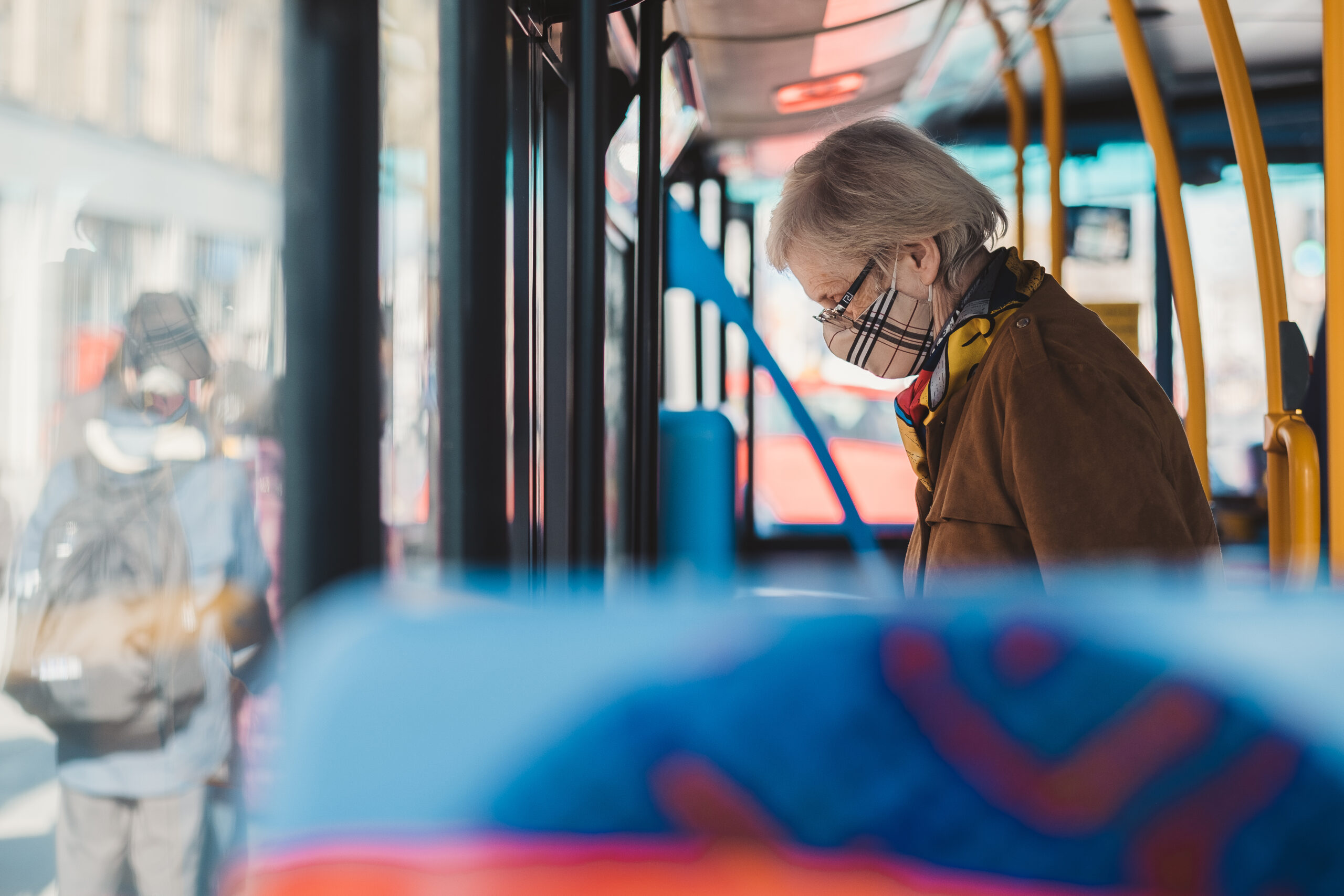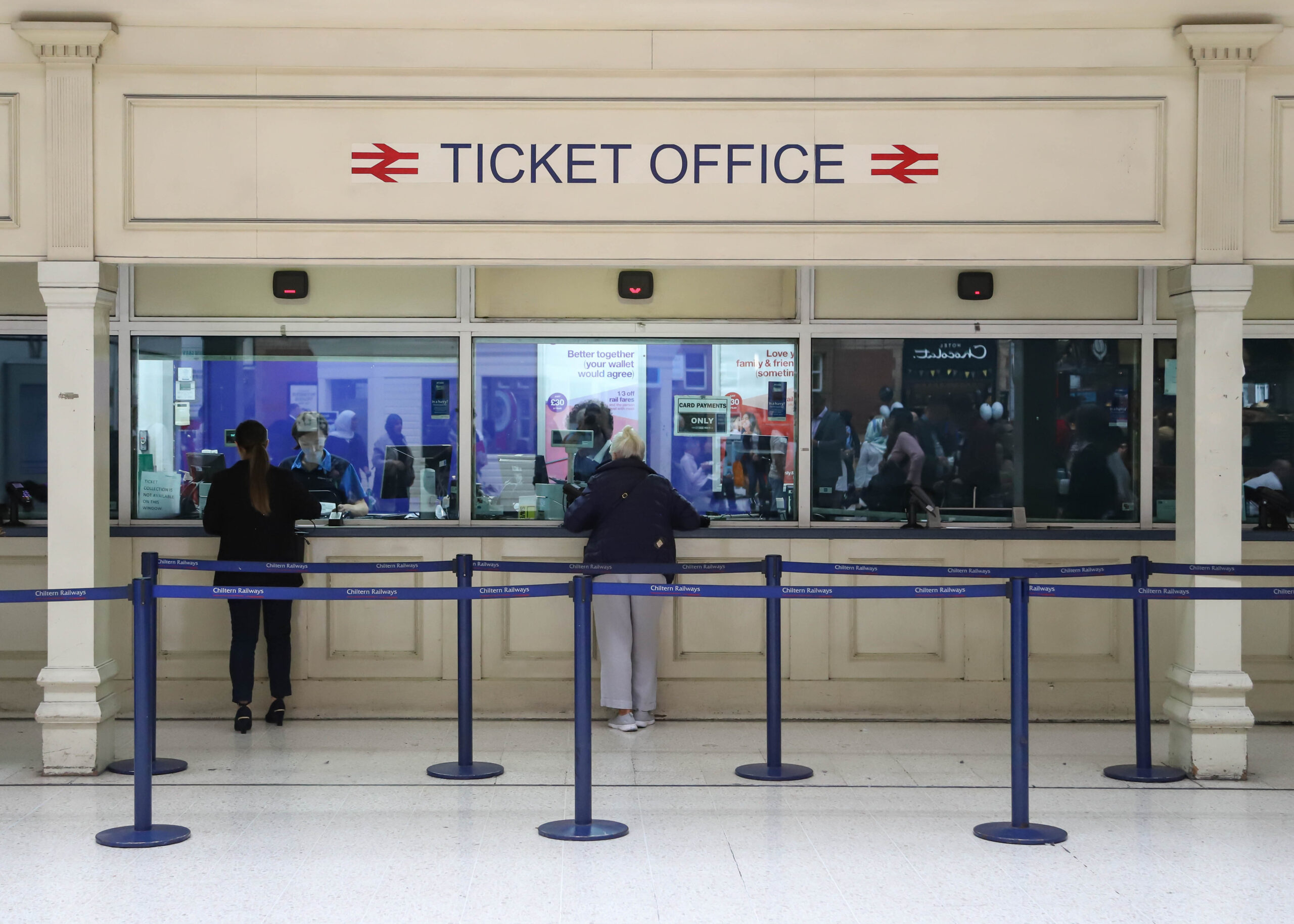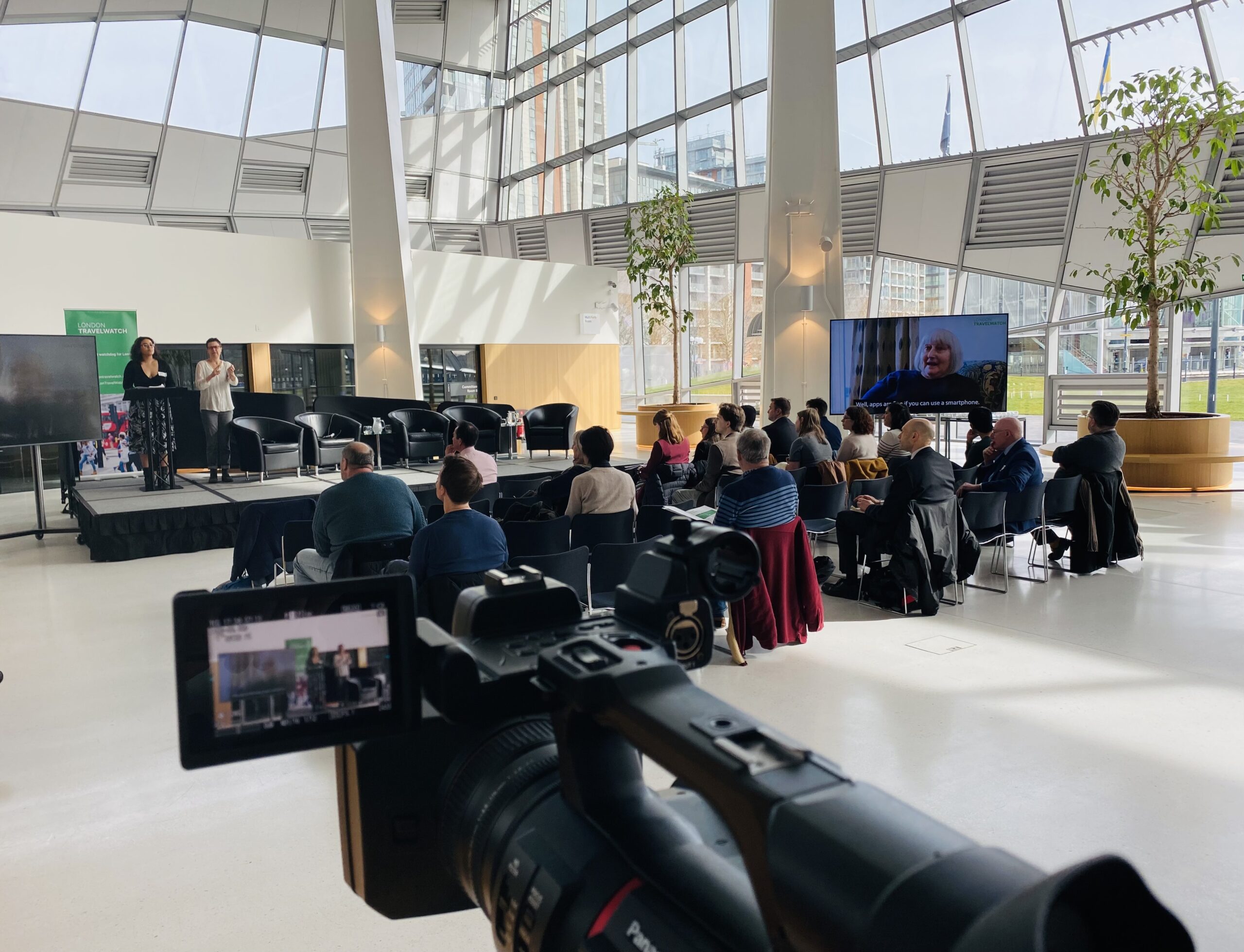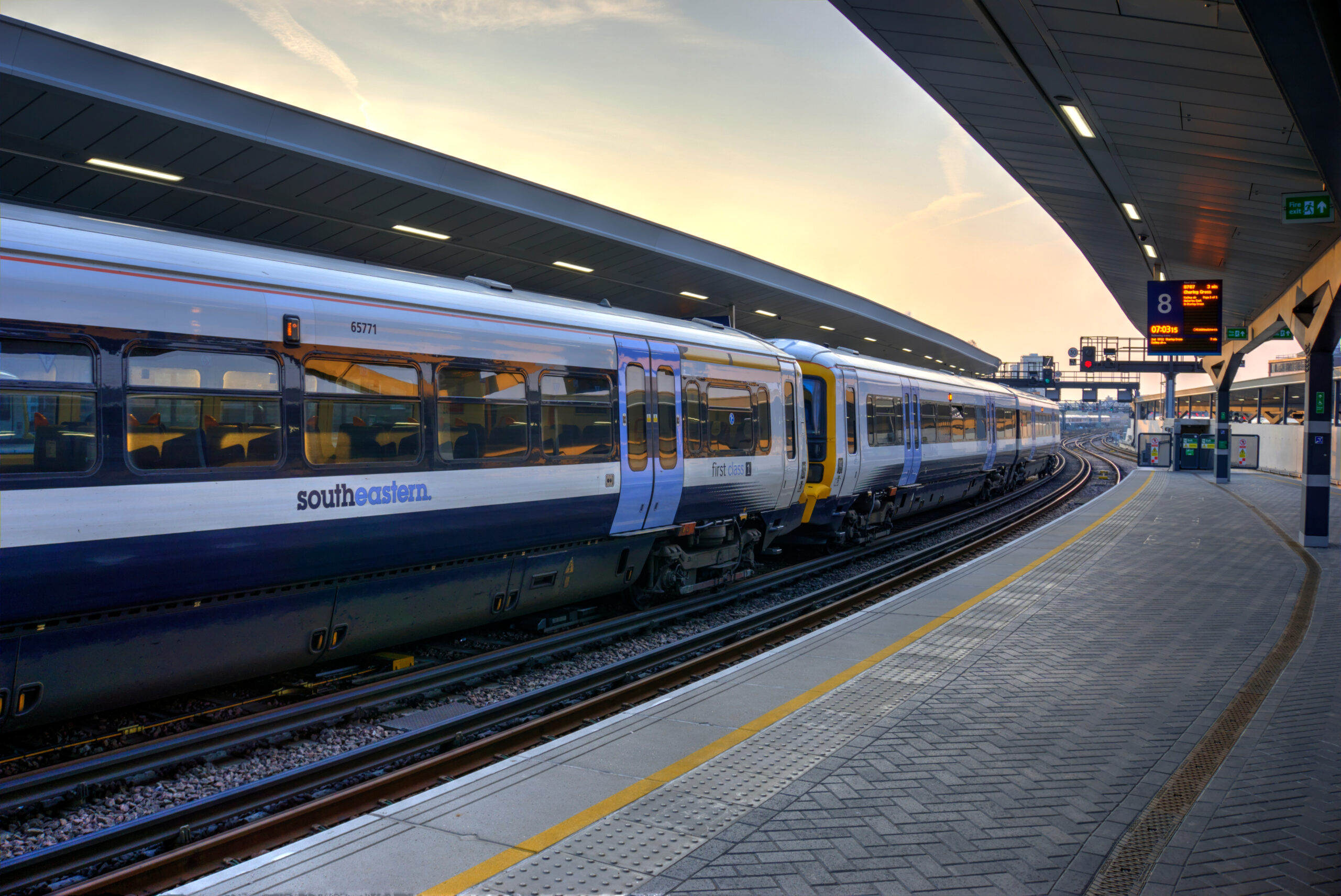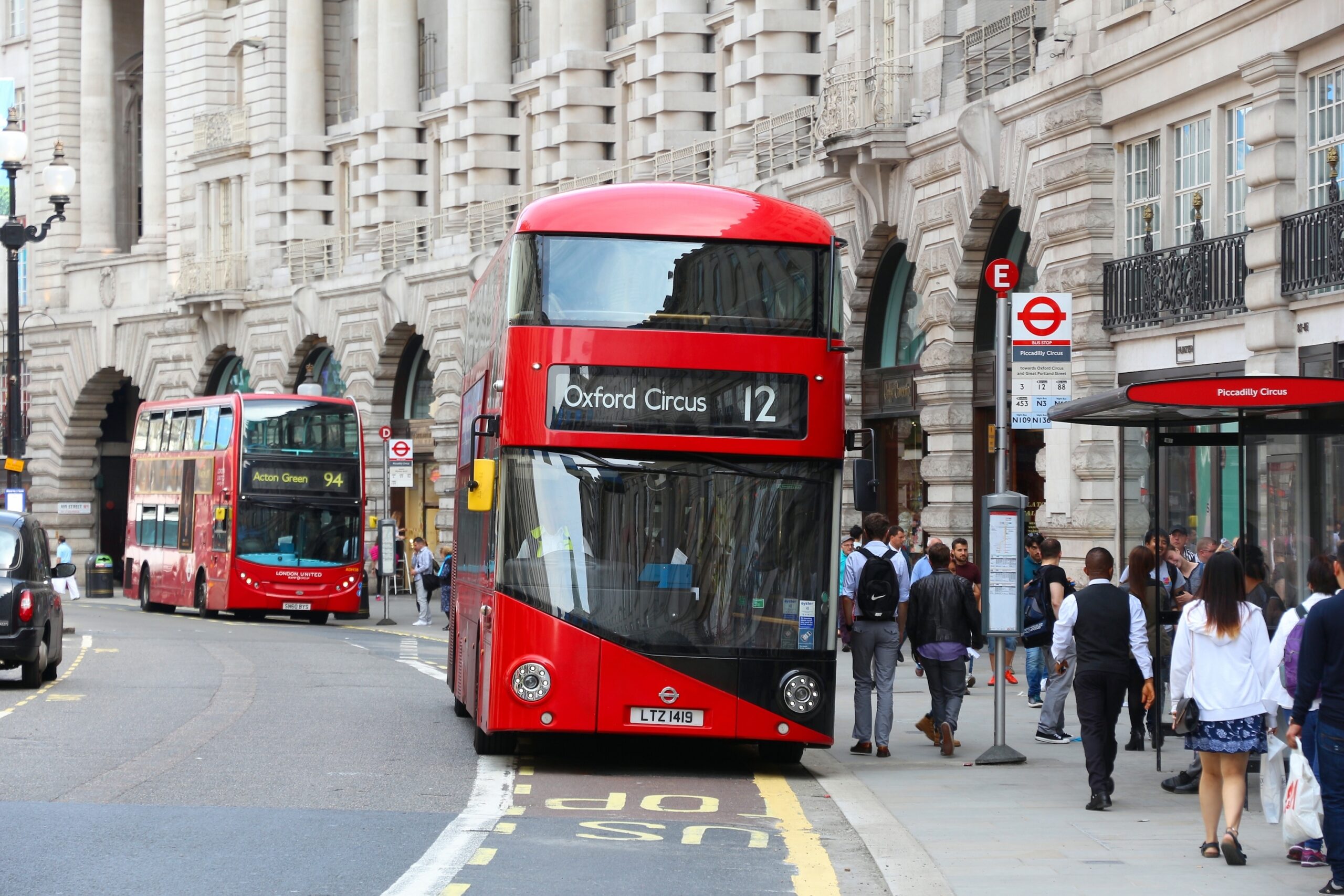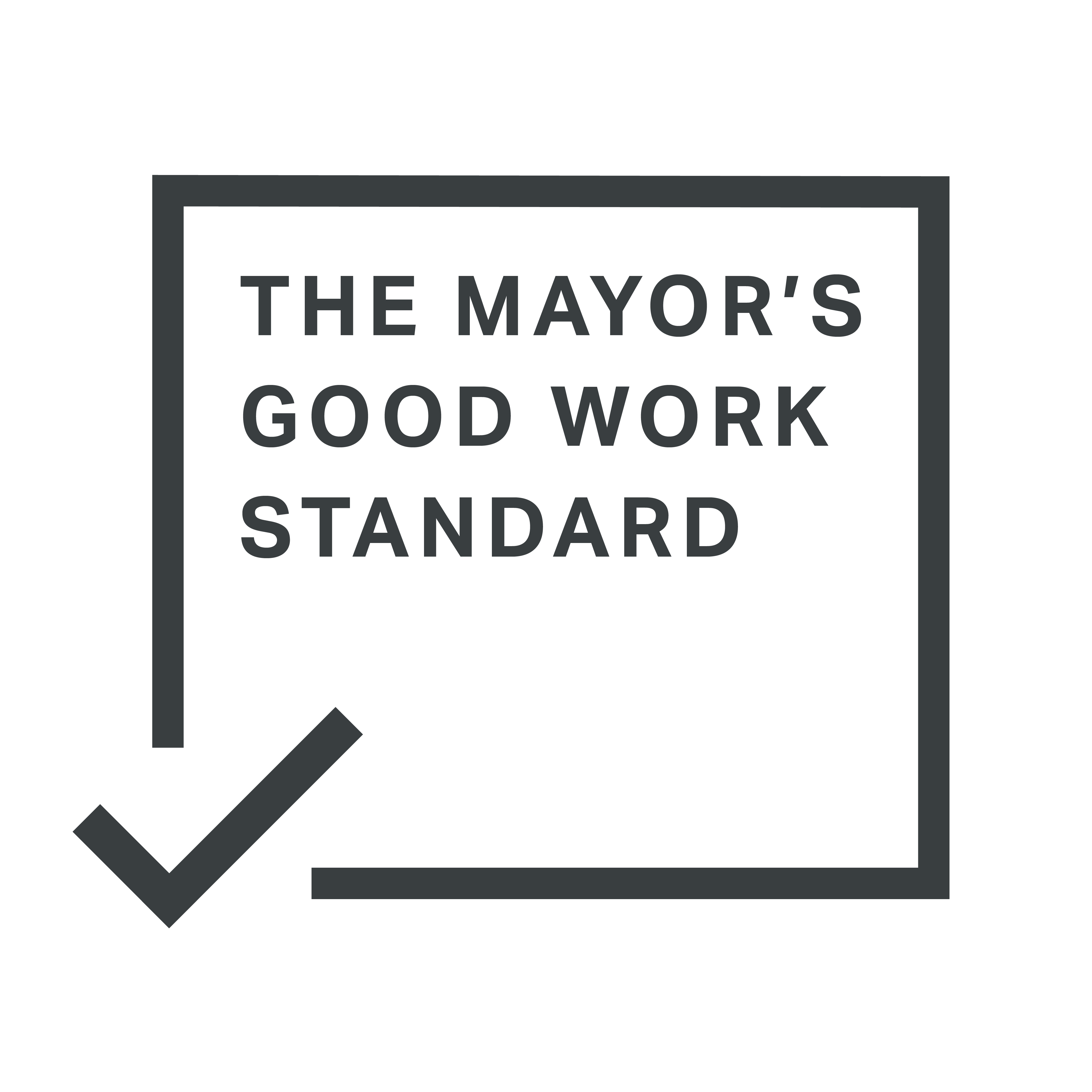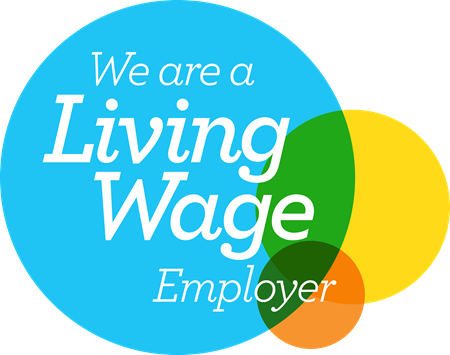14 April 2020
We know now what lockdown travel looks like in the capital. Public transport is focused on providing for essential workers. Road use and emission charges have been suspended as the justification for them falls away and private motor vehicle use provides primarily for essential workers. London boroughs are reportedly using parking enforcement teams to ensure space remains available to essential workers. Walking as exercise and for the journey to the shops has become a daily routine for many households. The cycling industry has reported a 15% rise in sales.
But what of the future? How will we emerge from lockdown as the economy and life restarts after the pandemic? People are sure to be scared and will not want to get back onto crowded public transport immediately. Those who can will want to continue to use their own private cars, particularly if they have managed to stay clear of the virus. So the systems of parking control will need to be maintained and changes to the Congestion Charge scheme could be looked at for the central area.
Those who contracted the virus and came through it might be braver. Younger people might well feel happier to use public transport, but others will be deterred if trains and buses start to become crowded. Essential workers must continue to be a priority for public transport in the coming weeks, though a limited number of those who have contracted and recovered from the disease could be permitted to travel.
Active travel, walking and cycling may well be encouraged over the short term both for the societal benefits they offer and to keep people off of public transport without them resorting to using private cars.
Walking is by far the widest used form of active travel in normal times, accounting for 40% of trips in inner London and 30% in outer London. This figure will be higher now with most trips being local and walking forming the backbone of our daily exercise. Everyone, across all demographics can and does walk in London so there must be a focus on encouraging walking more as we come out of lockdown. Walking has the potential to replace many short journeys.
But what can be done to extend the potential of walking rather than merely encourage us to walk more? London TravelWatch wants to see better management of London’s streets by local councils. Pavements shouldn’t be cluttered and obstructed by traders’ advertising boards in normal times. At this time they should be clear of unnecessary clutter to provide more space for users and enable walking. London’s streets should be safe for pedestrians. Speeding restrictions must be enforced on our roads – if they are not, it will discourage both walking and cycling. We’ve often called for more roads policing and think it is even more important now.
To encourage both walking and cycling some highway authorities are considering closing streets to through traffic. This has some complexity and needs careful consideration of displacement, but may well be something worth considering for streets that have significant footfall, say local shopping streets. Closing residential streets to through traffic can provide for really good walking and cycling over a wide area as well as space for doorstep play, something that will be vital if the lockdown extends into the summer.

